Fluorine
Fluorine is a chemical element with the symbol F and atomic number 9. It is the lightest halogen and exists as a highly toxic pale yellow diatomic gas at standard conditions. It is the most electronegative element and the most reactive of all the elements, even reacting with noble gases. Fluorine is commonly found in minerals such as fluorite, and is used in a wide variety of applications including the production of Teflon, fluoridation of water, and in the production of many pharmaceuticals.
Key Facts about Fluorine:
- Symbol: F
- Atomic Number: 9
- Group: 17 (halogens)
- Period: 2
- Category: Non-metal
Study Guide:
To better understand fluorine, it's important to study the following topics:
- Atomic Structure: Understand the basic structure of an atom, including the arrangement of protons, neutrons, and electrons within fluorine's atomic structure.
- Chemical Properties: Explore the reactivity and electronegativity of fluorine, and how these properties influence its behavior in chemical reactions.
- Uses and Applications: Research the various applications of fluorine in industry, healthcare, and everyday products, and the potential benefits and risks associated with its use.
- Environmental Impact: Investigate the environmental impact of fluorine and its compounds, including the effects of fluoridation and industrial use on ecosystems and human health.
Additional Resources:
For further study, consider exploring the following resources:
- Royal Society of Chemistry - Fluorine
- Jefferson Lab - It's Elemental: Fluorine
- PubChem - Fluorine Compound Summary
[Fluorine] Related Worksheets and Study Guides:
.◂Science Worksheets and Study Guides Eighth Grade. Circulation and immunity
Study Guide Circulation and immunity
Circulation and immunity  Worksheet/Answer key
Worksheet/Answer key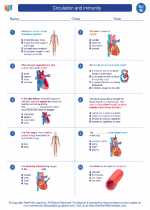 Circulation and immunity
Circulation and immunity  Worksheet/Answer key
Worksheet/Answer key Circulation and immunity
Circulation and immunity  Worksheet/Answer key
Worksheet/Answer key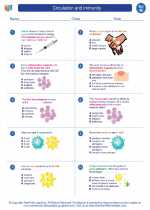 Circulation and immunity
Circulation and immunity  Vocabulary/Answer key
Vocabulary/Answer key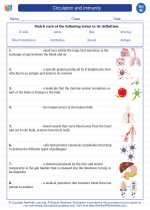 Circulation and immunity
Circulation and immunity  Vocabulary/Answer key
Vocabulary/Answer key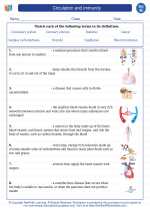 Circulation and immunity
Circulation and immunity  Vocabulary/Answer key
Vocabulary/Answer key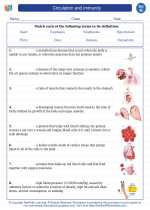 Circulation and immunity
Circulation and immunity  Vocabulary/Answer key
Vocabulary/Answer key Circulation and immunity
Circulation and immunity  Vocabulary/Answer key
Vocabulary/Answer key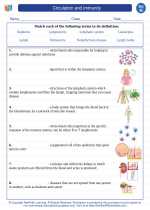 Circulation and immunity
Circulation and immunity  Vocabulary/Answer key
Vocabulary/Answer key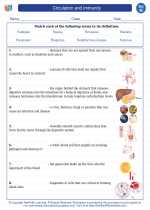 Circulation and immunity
Circulation and immunity  Vocabulary/Answer key
Vocabulary/Answer key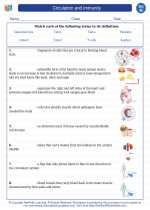 Circulation and immunity
Circulation and immunity 

 Worksheet/Answer key
Worksheet/Answer key
 Worksheet/Answer key
Worksheet/Answer key
 Worksheet/Answer key
Worksheet/Answer key
 Vocabulary/Answer key
Vocabulary/Answer key
 Vocabulary/Answer key
Vocabulary/Answer key
 Vocabulary/Answer key
Vocabulary/Answer key
 Vocabulary/Answer key
Vocabulary/Answer key
 Vocabulary/Answer key
Vocabulary/Answer key
 Vocabulary/Answer key
Vocabulary/Answer key
 Vocabulary/Answer key
Vocabulary/Answer key
